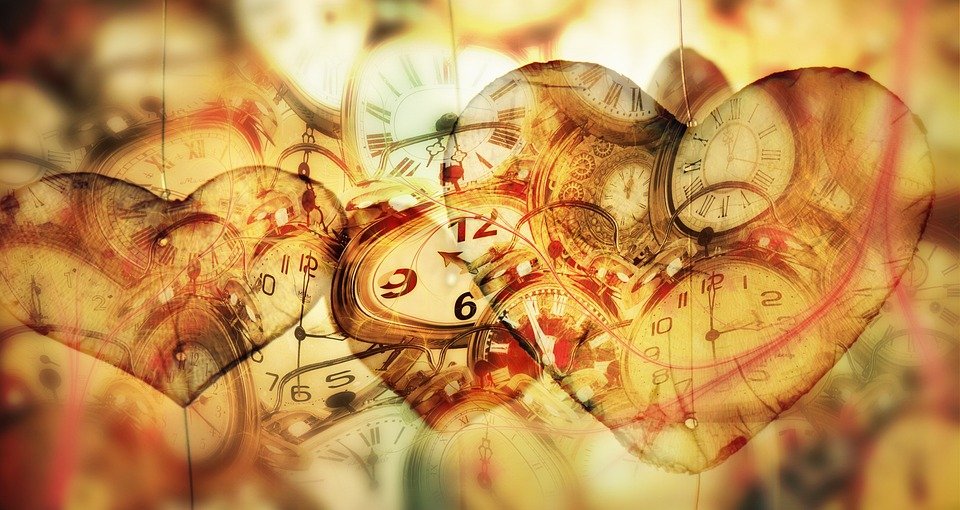Decoding the Enigmatic Masonic Symbols on the $1 Dollar Bill: Secrets Revealed
Introduction
The United States one-dollar bill holds a unique place in the world of currency due to its interesting design and the presence of various symbols. One of the most intriguing aspects of the one-dollar bill is the inclusion of several Masonic symbols. The Masonic influence on the design of the dollar bill has sparked numerous theories and interpretations. In this article, we will delve into the meaning behind these enigmatic Masonic symbols, uncovering the secrets they hold.
The All-Seeing eye
One of the most prominent Masonic symbols on the one-dollar bill is the All-Seeing Eye, also known as the Eye of Providence. This symbol depicts an eye enclosed within a triangle and is located at the top of the pyramid on the reverse side of the dollar bill. The All-Seeing Eye has deep roots in Masonic symbolism, representing spiritual awakening, enlightenment, and divine providence.
While some conspiracy theories suggest that the All-Seeing Eye represents a sinister surveillance state, the true meaning behind this symbol lies in its connection to Masonic beliefs. Freemasonry promotes the idea of seeking knowledge and understanding, and the All-Seeing Eye serves as a reminder of the pursuit of wisdom and enlightenment.
The Pyramid
Beneath the All-Seeing Eye lies a pyramid consisting of thirteen steps, another significant Masonic symbol on the one-dollar bill. The pyramid represents strength, stability, and permanence. Each step represents the completion of a level of knowledge or accomplishment in the pursuit of enlightenment.
Interestingly, the pyramid on the one-dollar bill has exactly 72 stones, which is a number of great significance in various mystical traditions. Some interpret this as a nod to the mystical teachings within Freemasonry, where the number 72 is associated with spiritual transformation and divine enlightenment.
The Latin Phrases
On the front side of the one-dollar bill, below the pyramid, you will find the Latin phrases “Annuit Coeptis” and “Novus Ordo Seclorum.” These phrases, which translate to “He approves of the undertaking” and “New Order of the Ages” respectively, have often been linked to Masonic ideals.
While “Annuit Coeptis” refers to divine approval and guidance, “Novus Ordo Seclorum” signifies the birth of a new era. Some interpret this as a representation of the Masonic belief in the continuous progress of humanity towards enlightenment and the establishment of a new world order based on principles of liberty and equality.
FAQs
1. Are there any other Masonic symbols on the one-dollar bill?
Yes, apart from the All-Seeing Eye, pyramid, and Latin phrases, there are other symbols associated with Freemasonry on the one-dollar bill. These include the eagle, the number 13, and the stars above the eagle’s head.
2. Why were Masonic symbols included on the one-dollar bill?
The inclusion of Masonic symbols on the one-dollar bill can be attributed to the influence of Freemasons who played a significant role in the founding of the United States. Many of the founding fathers, such as George Washington and Benjamin Franklin, were Freemasons, and they sought to embed their ideals and principles into the fabric of the nation.
3. Are there any conspiracy theories associated with the Masonic symbols on the one-dollar bill?
Yes, over the years, several conspiracy theories have emerged regarding the Masonic symbols on the one-dollar bill. Some claim that these symbols are evidence of a secret society controlling world events, while others suggest a hidden agenda to establish a New World Order. It is important to note that these theories lack substantial evidence and are often based on speculation and misinformation.
4. What is the significance of Freemasonry?
Freemasonry is a fraternal organization that traces its origins back to the medieval stonemasons’ guilds. It is known for its teachings on moral and ethical principles, brotherhood, and personal spiritual development. Freemasonry has had a significant influence on various aspects of society, including politics, philosophy, and symbolism.
5. Can anyone become a Freemason?
Freemasonry is open to men who meet specific criteria, including belief in a higher power, high moral character, and a desire for self-improvement. Women can join Masonic organizations that are affiliated with Freemasonry, such as the Order of the Eastern Star.
Conclusion
The presence of Masonic symbols on the one-dollar bill has long fascinated scholars, conspiracy theorists, and the general public. While the true intentions and meanings behind these symbols may never be fully known, it is clear that they hold deep connections to Masonic ideals of enlightenment, spiritual growth, and the pursuit of a better world. Whether you interpret these symbols as mere decoration or as profound representations of Masonic principles, the enigmatic nature of the symbols on the one-dollar bill continues to captivate our imagination.

